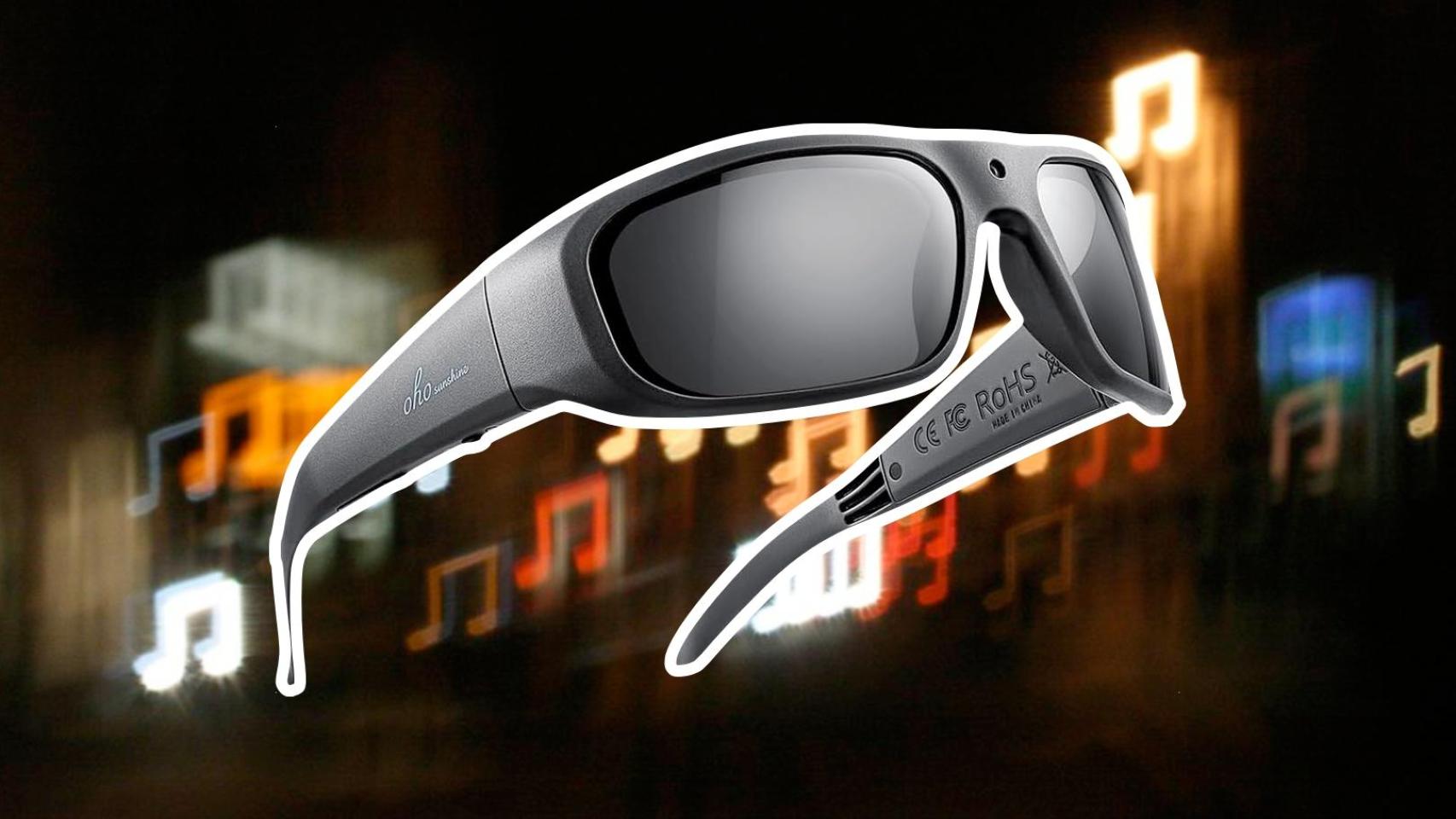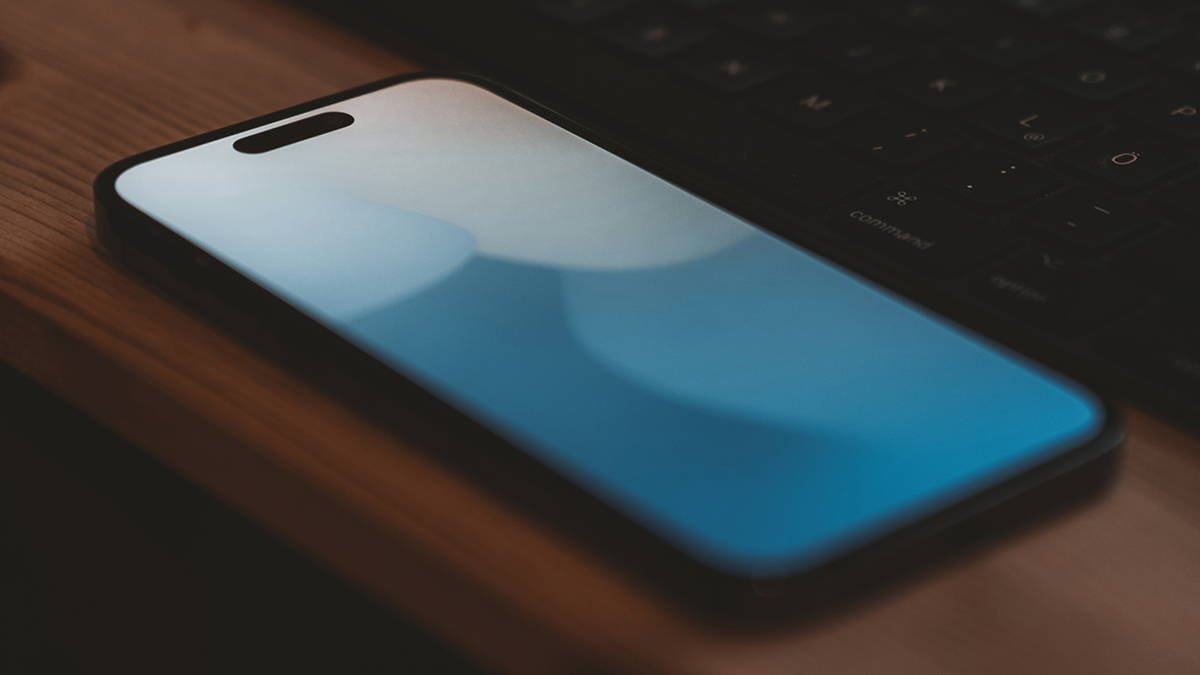In recent years, we have seen a strong commitment from companies to augmented reality and virtual reality. Although artificial intelligence has overtaken this technology in terms of interest, many brands have still maintained their investment in smart glasses.
Apple is the one that has opted for this the most with the Apple Vision Pro, a product halfway between glasses and a headset, but which shows what the future of computing will look like, at least according to those from Cupertino . Meta is another big company that has opted for smart glasses this time.
The Meta Ray-Bans are the best example of what can be achieved currently in terms of technology and usability, without forcing us to carry a heavy device with little autonomy. This product It was designed to share our daily lives in Meta applications and serviceslike Instagram, although they allow you to do more things. But its price is high, around 329 dollars, which puts off most buyers. In total, the price is lower than the proposals of other brands, with more advanced technologies but which do not yet seem mature.
Do you have glasses or headphones?
On the other side of the spectrum are the simpler glasses that also allow hands-free use. They are simply glasses that incorporate a speaker system and a battery on the temples, as well as a Bluetooth chip, to connect to the cell phone.
These glasses, when you wear them, They allow us to hear what’s coming out of these speakers, whether it’s the voice of the person we’re talking to, music, or podcasts. that we listen to. In this way it is possible to hear the environment while listening to what comes from our mobile. They thus solve a problem with headphones, which is not being aware of the noises around us, from traffic to announcements in an airport for example.
OhO sun
Free Android
This type of accessory behaves like a Bluetooth headsetpairing using this technology, which means we have to recharge the glasses from time to time, just like we do with wireless headphones or the smartphone itself. By including a microphone, it is also possible to speak and be heard by our interlocutor.
Cheap models from 40 dollars
As is often the case with any type of accessory, many brands are joining a trend by making very similar products, at reasonable prices. In this case The average price of this type of glasses is around 50 dollarsand can be purchased from stores like Amazon.
OhO sun. These glasses have a multitude of designs, both in the frame, with tortoiseshell or black tones, and in the lenses, which can be more or less dark, polarized, in blue tones, etc. The autonomy is approximately 10 hours and allows connection via Bluetooth 5.0 of two mobile phones simultaneously.
They have two speakers, one on each pin, and they also have physical buttons that allow you to adjust the volume as well as skip forward and backward when playing music, so there’s no need to take out your phone from your pocket. Its price varies between 40 and 90 dollars, depending on the finish, glass, etc.
PANTONA sunglasses
Free Android
PANTONA sunglasses. This model is designed for sports, with a larger glass surface so that the light does not bother you. This time it has Bluetooth 5.2 and a battery that allows 6 hours of autonomy. It has a magnetic charger and its price is 49.95 dollars.
CatXQ
CatXQ Smart Glasses
Free Android
Wakects Smart Glasses. This model is distinguished by a design similar to that of the Ray-Ban aviator, with a much more classic metal frame. Of course, it only has the audio system on one of the pins, which makes it lighter but also less suitable for listening to music. Its main use is to talk on the phone. The battery life is around 5 hours and the charging time is a little longer than other models, between 2 and 3 hours. Its price is 35.42 dollars.
This is what the future will look like
For the moment these types of accessories are not very well knownbut it is only a matter of time, when technology allows, before they become normal, like TWS earphones. There will be glasses that allow us to project a large screen in front of our eyes and replace monitors, and others that will have their own interface to be used like a cell phone.
Ray-Ban meta glasses.
Omicron
Currently, no top brand, such as Xiaomi or Samsung, has decided to launch sunglasses or prescription glasses with simple audio systems. They may not want to enter the market until technology allows them to do much more. Only OPPO is working on glasses that are not headsets, although at the moment it has not put them on sale.
As we mentioned at the beginning, it is Goal, the one who calls the shots with a product that not only allows you to listen to music or make calls, but also integrates a voice assistant with artificial intelligence to make the glasses much more useful. Of course, at the moment this feature is only available in the United States.












